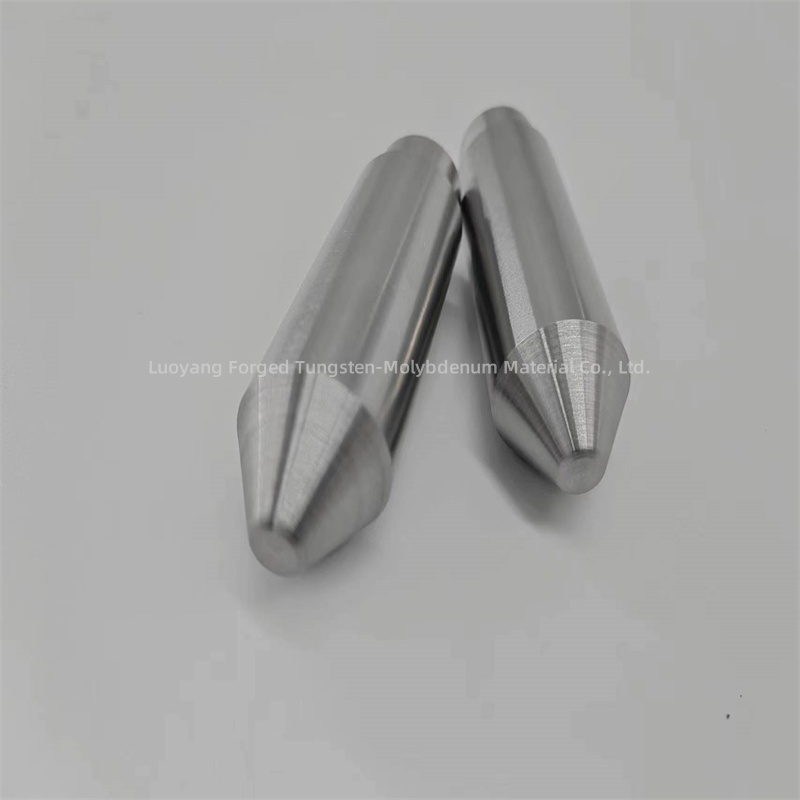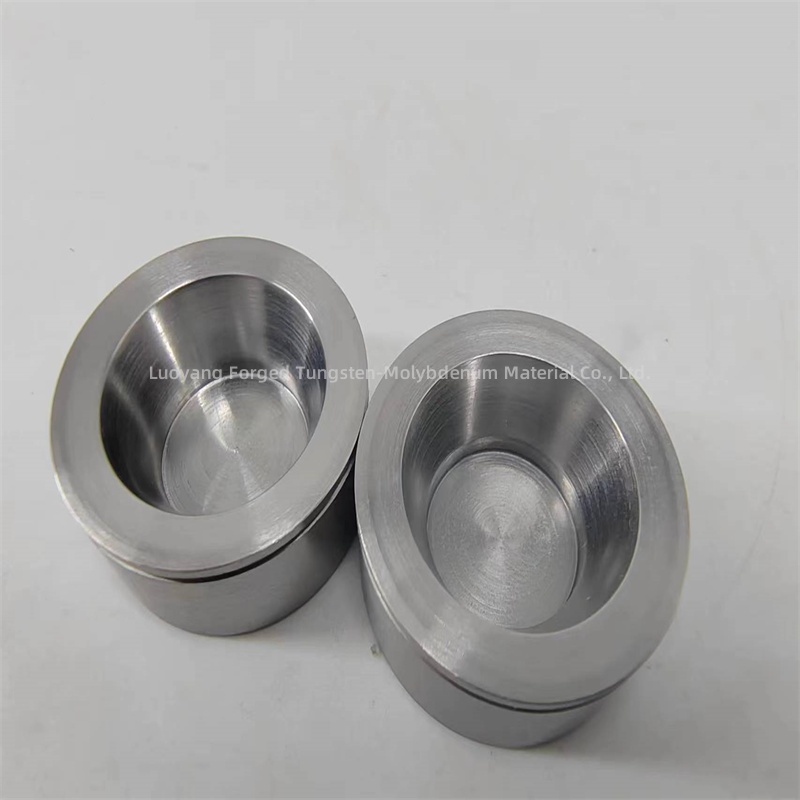Industry
-

The manufacturing process of tungsten processed parts
Tungsten processing parts are processed tungsten material products with high hardness, high density, high temperature resistance, and corrosion resistance. Tungsten processed parts are widely used in multiple industries and fields, including mechan...Read more -

Molybdenum electrode sent to South Korea
Factors Affecting the Service Life of Molybdenum Electrodes The glass industry is a traditional industry with high energy consumption. With the high price of fossil energy and the improvement of environmental protection requirements...Read more -

Tungsten rod shipment record, September 1st
Tungsten rod is an important metal material known for its high melting point, high thermal conductivity, high temperature, and high strength. Tungsten rods are usually made of tungsten alloy, which is made by using special high-temperature powder m...Read more -

200pcs molybdenum boats Package and ship
Molybdenum boat is a key material used in the vacuum high-temperature industry, electronics industry, sapphire thermal field, and aerospace manufacturing industry, mainly applied in vacuum environments or inert gas protection environments. The puri...Read more -

Giant molybdenum crucible
The production process of giant molybdenum crucibles mainly includes vacuum melting method to produce pure molybdenum ingots, hot rolling into slabs, spinning equipment to spin the slabs, and surface treatment of semi-finished products obtained fro...Read more -

Why can’t a tungsten wire with a diameter of 1.6 be coiled and packaged on a roller?
Molybdenum-lanthanum alloy heating strips are used in high temperature applications requiring high melting points, excellent thermal conductivity and oxidation resistance. The lanthanum oxide in the alloy forms a protective layer on the molybdenum ...Read more -

Molybdenum lanthanum alloy heating strip shipped on July 29
Molybdenum-lanthanum alloy heating strips are used in high temperature applications requiring high melting points, excellent thermal conductivity and oxidation resistance. The lanthanum oxide in the alloy forms a protective layer on the molybdenum ...Read more -

On July 18th, factory partial work records
This morning we made a batch of molybdenum plates, which are large in volume and large in quantity. We first cleaned the molybdenum plates, wiped them dry with a towel, and dried them with tools before starting packaging. For exporte...Read more -

How do they process zirconia?
Zirconia, also known as zirconium dioxide, is typically processed using a method called the “powder processing route.” This involves several steps, including: 1. Calcining: Heating zirconium compounds to high temperatures to form zirconium oxide powder. 2. Grinding: Grind the calcined...Read more -

What is the difference between zirconiated and pure tungsten?
The main difference between zirconium electrodes and pure tungsten electrodes is their composition and performance characteristics. Pure tungsten electrodes are made from 100% tungsten and are typically used in welding applications involving non-critical materials such as carbon steel and stainle...Read more -

What happens to titanium crucible at high temperature?
At high temperatures, titanium crucibles exhibit excellent thermal stability and resistance to deformation. Titanium has a high melting point, so titanium crucibles can withstand extreme heat without melting or deforming. In addition, titanium’s oxidation resistance and chemical inertnes...Read more -

What is a sputtering target?
Sputter targets are materials used to deposit thin films onto substrates during the physical vapor deposition (PVD) process. The target material is bombarded with high-energy ions, causing atoms to be ejected from the target surface. These sprayed atoms are then deposited onto a substrate, for...Read more
